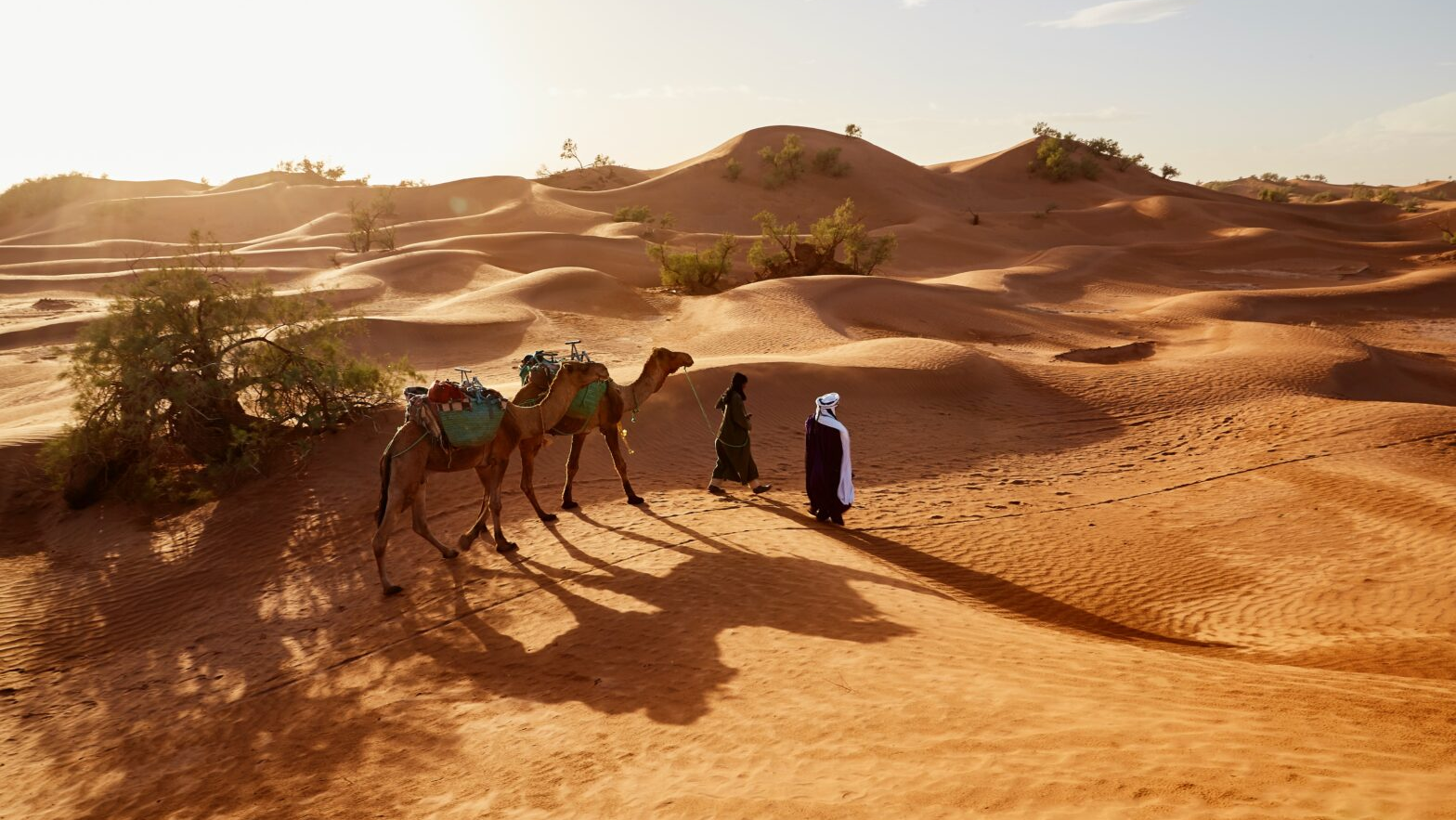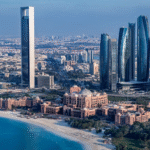Now Reading: Dubai Wildlife Sanctuaries Around Dubai: 5 Amazing Hidden Spots You Must Explore 2025
-
01
Dubai Wildlife Sanctuaries Around Dubai: 5 Amazing Hidden Spots You Must Explore 2025
Dubai Wildlife Sanctuaries Around Dubai: 5 Amazing Hidden Spots You Must Explore 2025
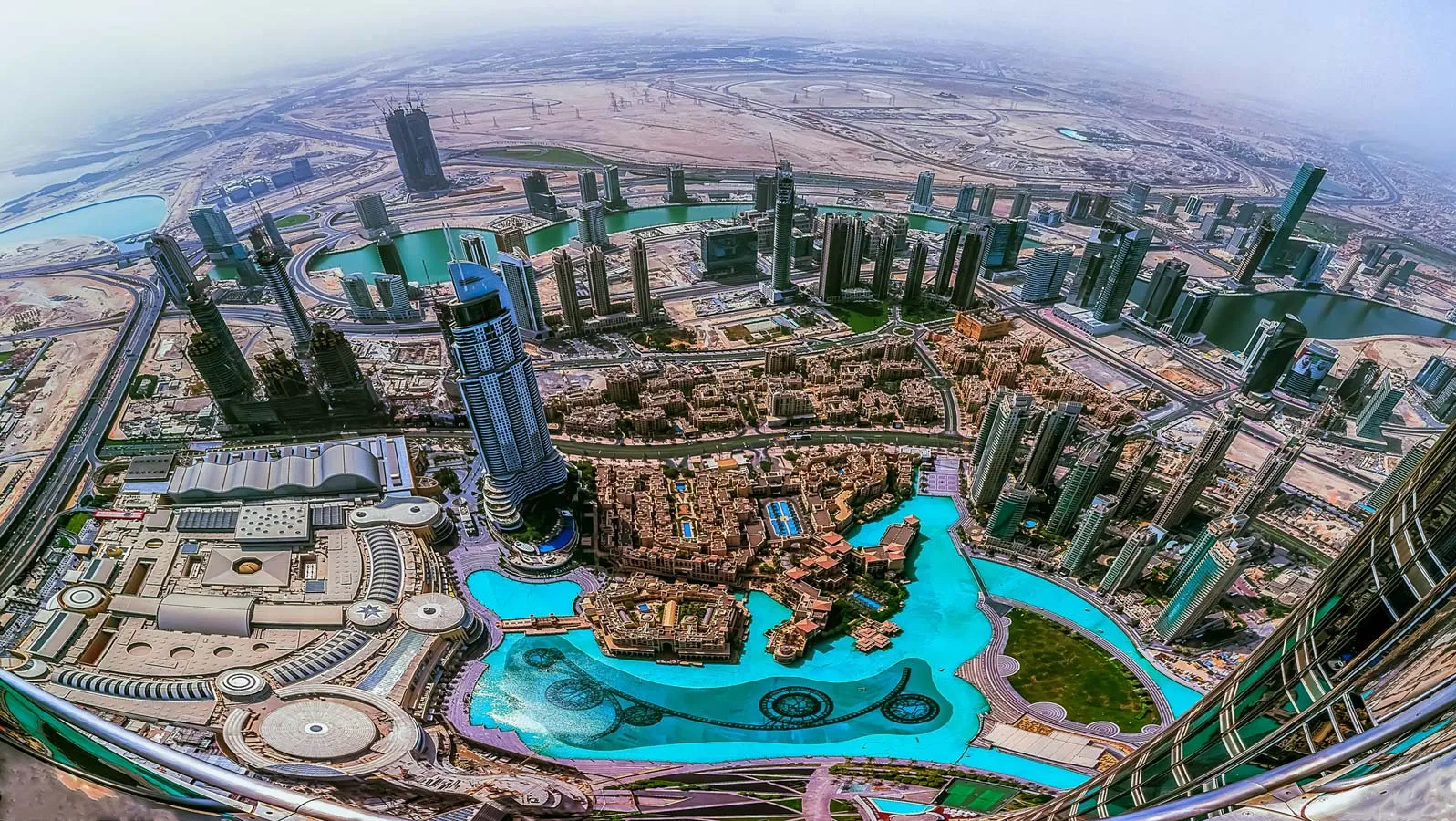
Table of Contents
Dubai is often celebrated for its glittering skyscrapers, luxury shopping, and vibrant city life. But beyond the urban landscape lies a quieter, wilder side of the emirate home to a surprising array of wildlife and natural habitats. While many tourists focus on the city’s modern attractions, a growing number of nature enthusiasts are exploring the hidden wildlife sanctuaries around Dubai, which offer a unique escape into nature.
1. Al Marmoom Desert Conservation Reserve

Spread across more than 10% of Dubai’s total area, the Al Marmoom Desert Conservation Reserve is one of the largest natural reserves in the UAE. It is a haven for migratory birds, desert foxes, gazelles, and more. The reserve also features a network of cycling and walking trails for visitors who want to explore the desert ecosystem up close.
Al Marmoom is particularly famous for birdwatching. Every winter, thousands of flamingos, herons, and other migratory birds make their way to the reserve, turning it into a spectacular sight for photographers and nature lovers. In addition, the reserve offers eco-friendly accommodations and guided tours that educate visitors about desert flora and fauna.
2. Dubai Desert Conservation Reserve

Established in 2002, the Dubai Desert Conservation Reserve is another key site for wildlife enthusiasts. This reserve protects native species like the Arabian oryx, sand gazelles, and native desert reptiles. The reserve also works on reintroducing endangered species to their natural habitat, making it an important center for conservation.
Visitors can enjoy guided safari tours in traditional 4×4 vehicles or take camel rides across the dunes, combining adventure with wildlife observation. The reserve also organizes night-time wildlife safaris, allowing visitors to experience the desert’s nocturnal creatures, from desert hedgehogs to owls.
3. Ras Al Khor Wildlife Sanctuary
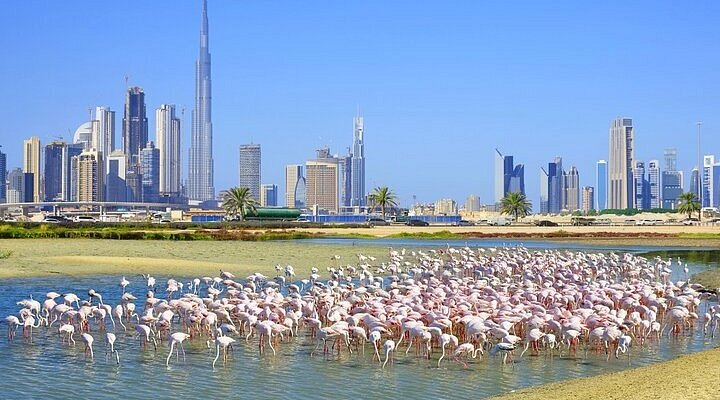
Located just 15 minutes from downtown Dubai, Ras Al Khor Wildlife Sanctuary is surprisingly accessible, making it a hidden gem for urban residents and tourists alike. This wetland sanctuary is famous for its large flamingo population, particularly during the winter months.
The sanctuary covers over 6.2 square kilometers and includes mudflats, lagoons, and mangrove areas that provide shelter to more than 450 species of wildlife. Birdwatching hides are placed strategically for photographers and bird enthusiasts to observe the wildlife without disturbing their natural behavior. Ras Al Khor is also home to herons, egrets, and even small mammals like foxes, making it a diverse ecological hotspot right next to the city.
4. Hatta Wildlife Park
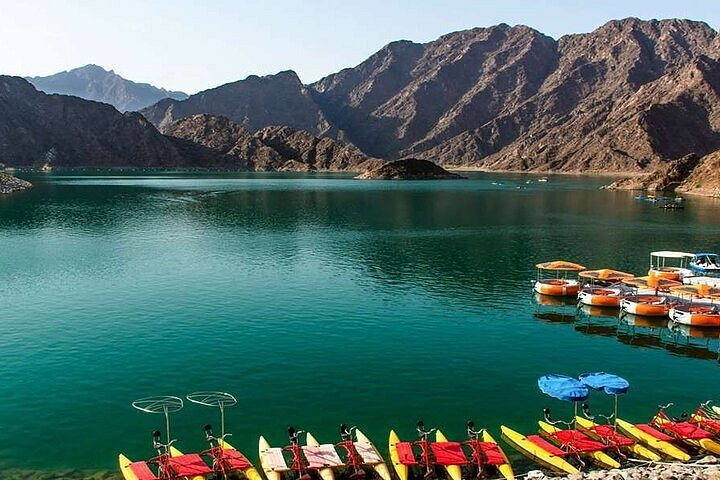
While Dubai city is mostly desert, the Hatta region offers a completely different landscape with rocky mountains, wadis, and freshwater lakes. Hatta Wildlife Park is an exciting destination for those interested in both wildlife and adventure tourism. The park shelters species like Arabian leopards, mountain goats, and various bird species unique to the Hajar Mountains.
Visitors to Hatta can enjoy hiking trails, kayaking in the nearby Hatta Dam, and educational tours that highlight the region’s natural biodiversity. The park’s combination of mountains, wildlife, and outdoor activities makes it a refreshing escape from the city’s fast pace.
5. Al Qudra Lakes

Although not a traditional wildlife sanctuary, Al Qudra Lakes is an artificial oasis that attracts a remarkable variety of wildlife. Situated in the Dubai Desert Conservation area, the lakes have become a hotspot for migratory birds, including swans, ducks, and flamingos.
Al Qudra is also popular among cyclists and families looking for a scenic picnic spot. Visitors often spot desert foxes and rabbits along the pathways, and the sunset over the lakes creates a stunning photographic opportunity. Al Qudra Lakes proves that even man-made spaces can support diverse ecosystems when designed thoughtfully.
Why Dubai’s Wildlife Sanctuaries Matter
Dubai’s wildlife sanctuaries are more than just tourist attractions—they are essential for preserving the UAE’s biodiversity. Rapid urbanization has put pressure on natural habitats, making these protected areas vital for the survival of native species. Conservation programs in these sanctuaries focus on habitat restoration, breeding endangered species, and environmental education for the public.
For visitors, these sanctuaries provide a chance to experience the desert and wetlands in ways that few expect. From observing flamingos up close to spotting Arabian oryx in the wild, these hidden gems offer unforgettable experiences for nature enthusiasts, photographers, and families.
Tips for Visiting
- Best Time to Visit: Early mornings or late afternoons are ideal for spotting wildlife and enjoying cooler temperatures.
- Guided Tours: Consider joining a guided tour to learn more about the flora and fauna while ensuring safe and responsible wildlife observation.
- Photography: Bring a telephoto lens for birdwatching or wildlife photography, especially in Ras Al Khor and Al Marmoom.
- Respect Nature: Always follow sanctuary rules, keep a safe distance from animals, and avoid leaving litter behind.
Final Thoughts
Dubai is more than a city of luxury and skyscrapers. Its hidden wildlife sanctuaries reveal a side of the emirate that few visitors experience. Whether it’s the desert expanses of Al Marmoom, the wetlands of Ras Al Khor, or the mountainous landscapes of Hatta, these sanctuaries show the richness of Dubai’s natural environment. For anyone looking to combine urban exploration with nature discovery, these lesser-known wildlife sanctuaries offer a perfect escape.
READ MORE:- Deyaar’s Latest Announcement Shakes Up the UAE Property Market




